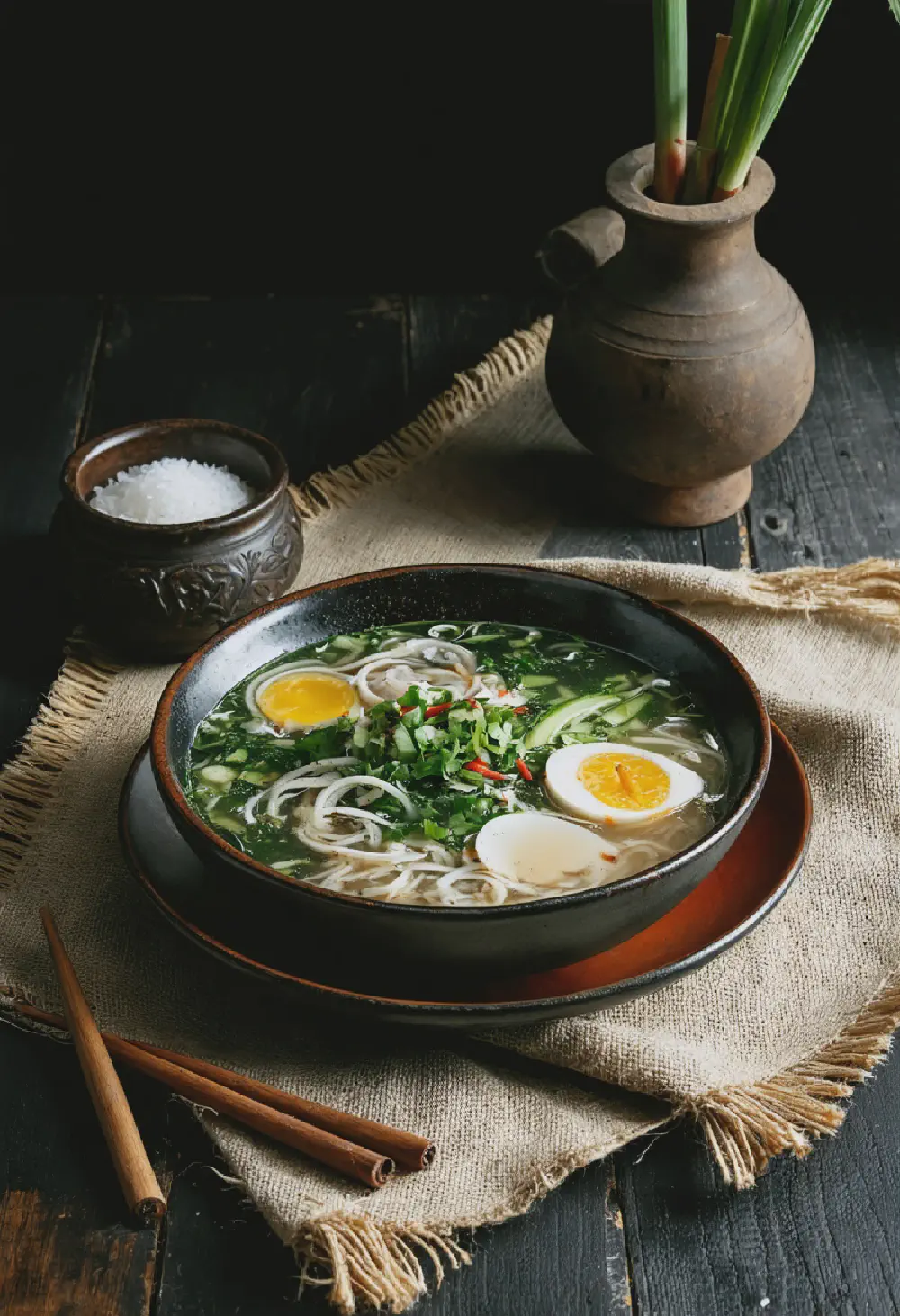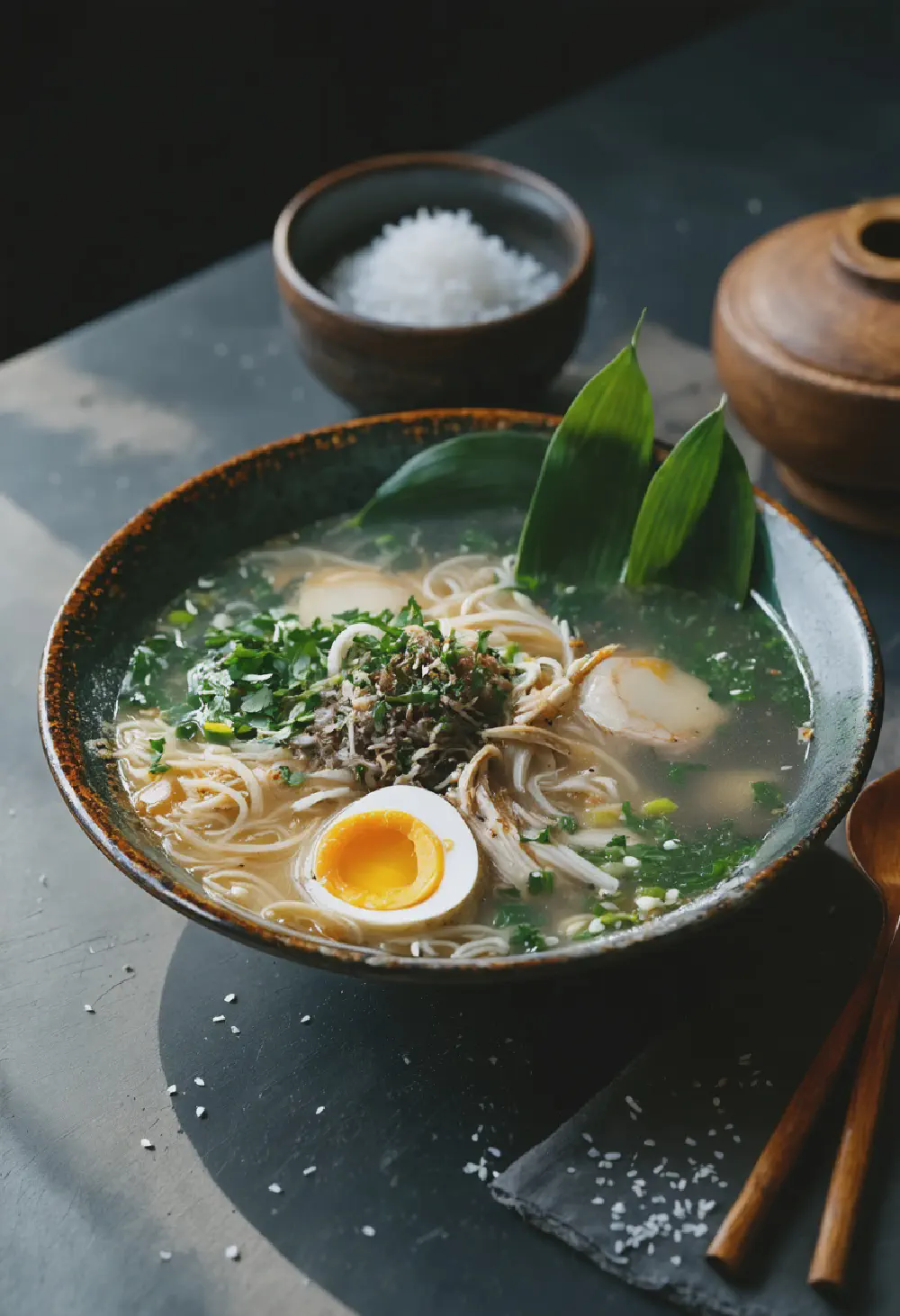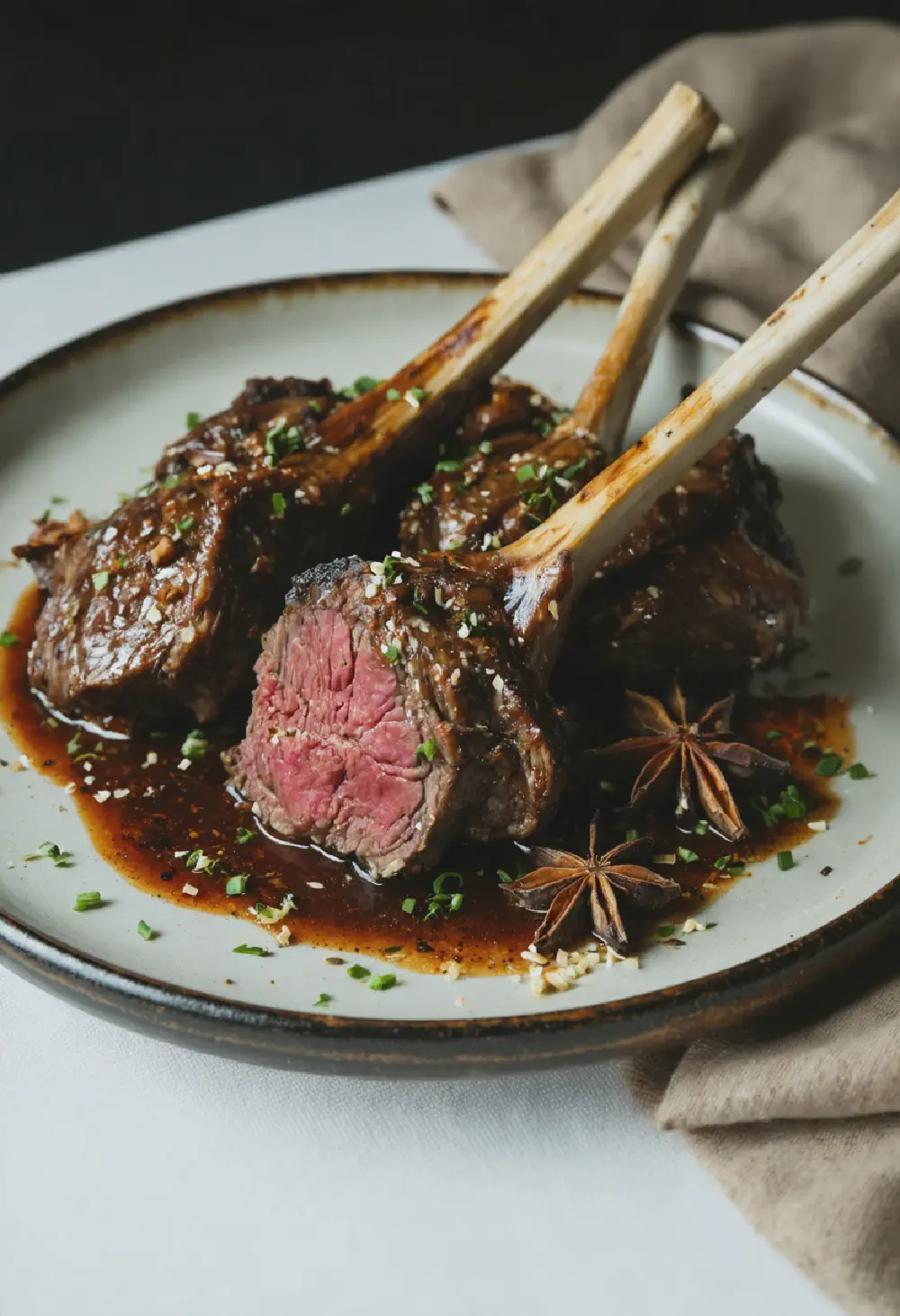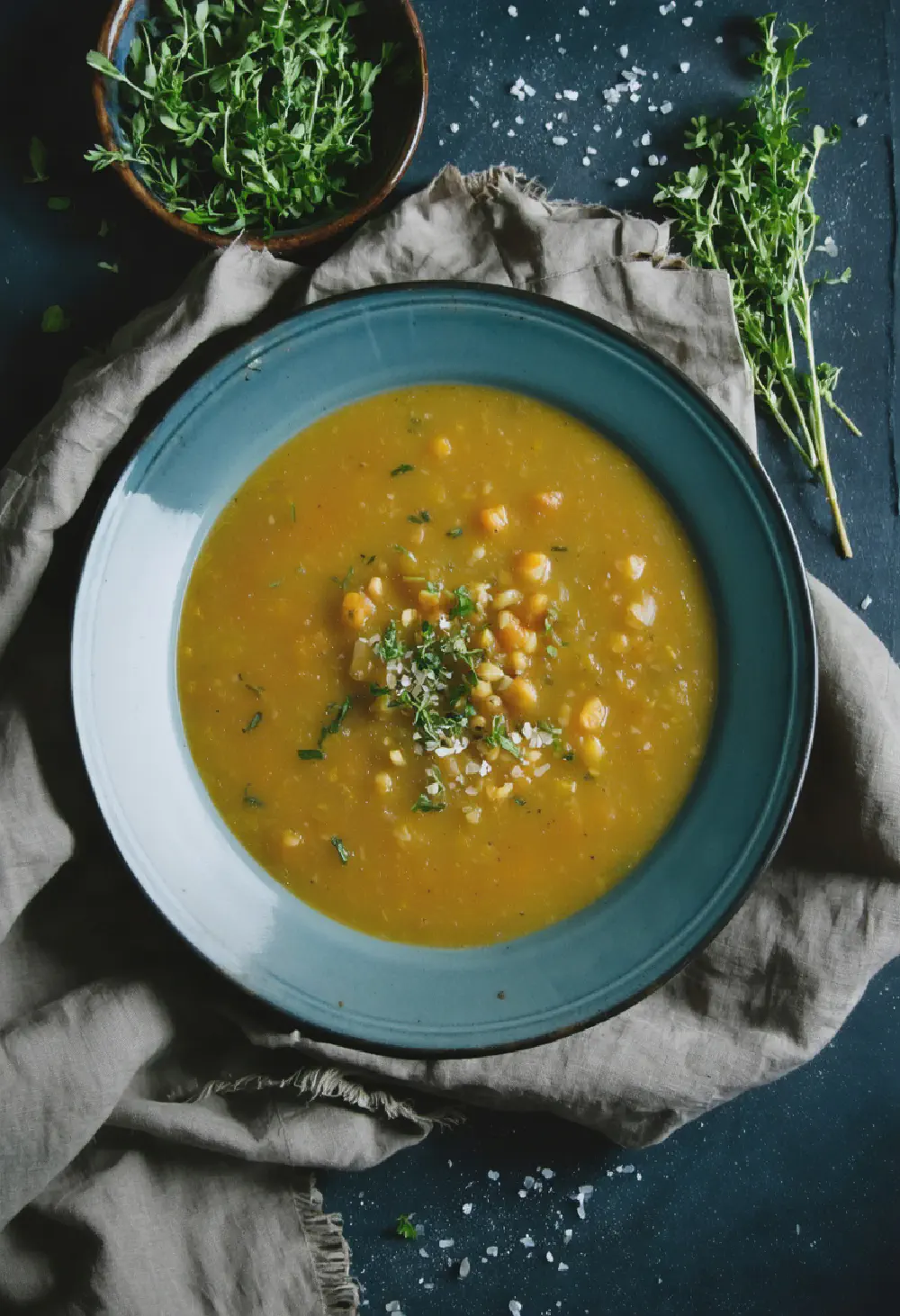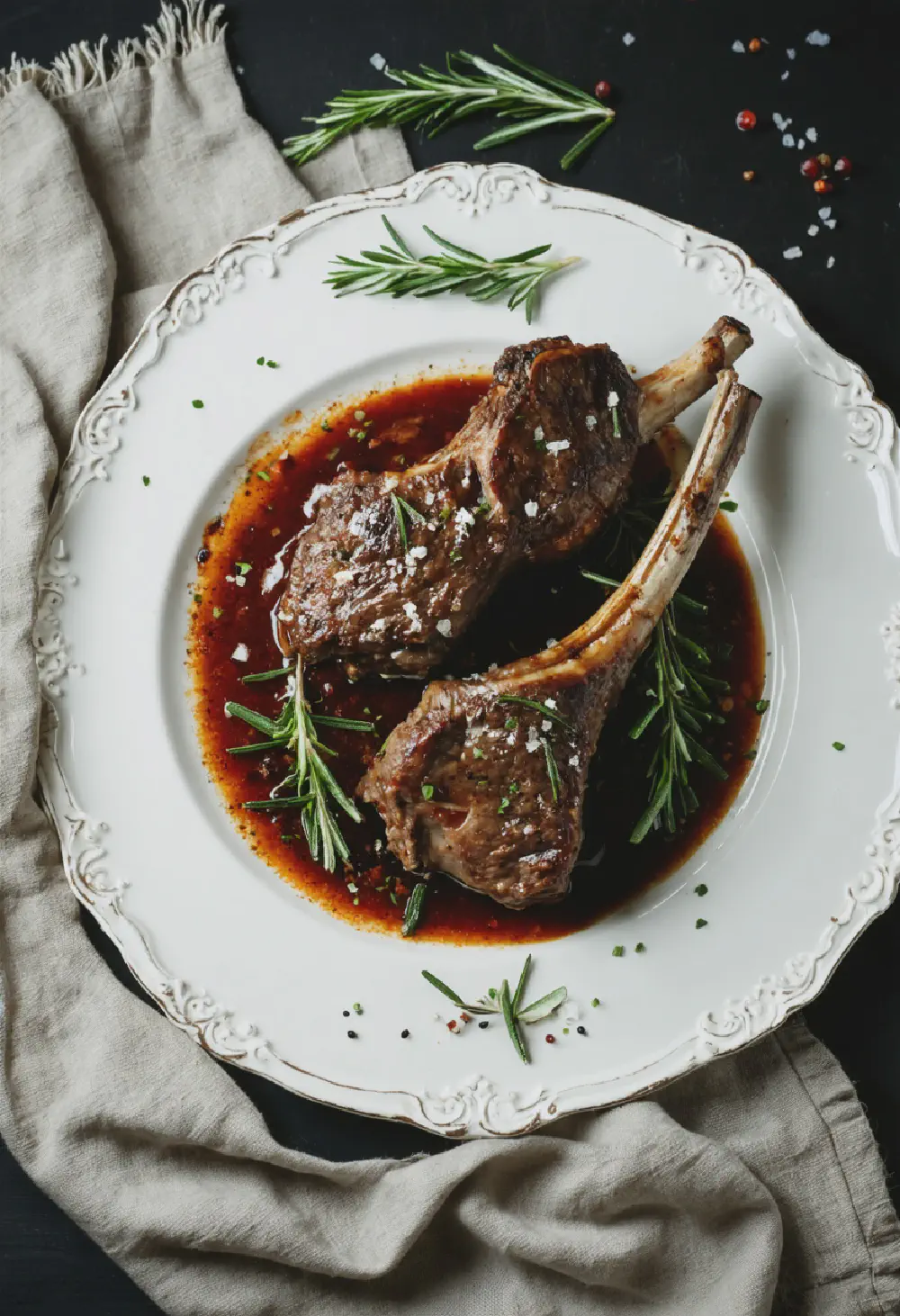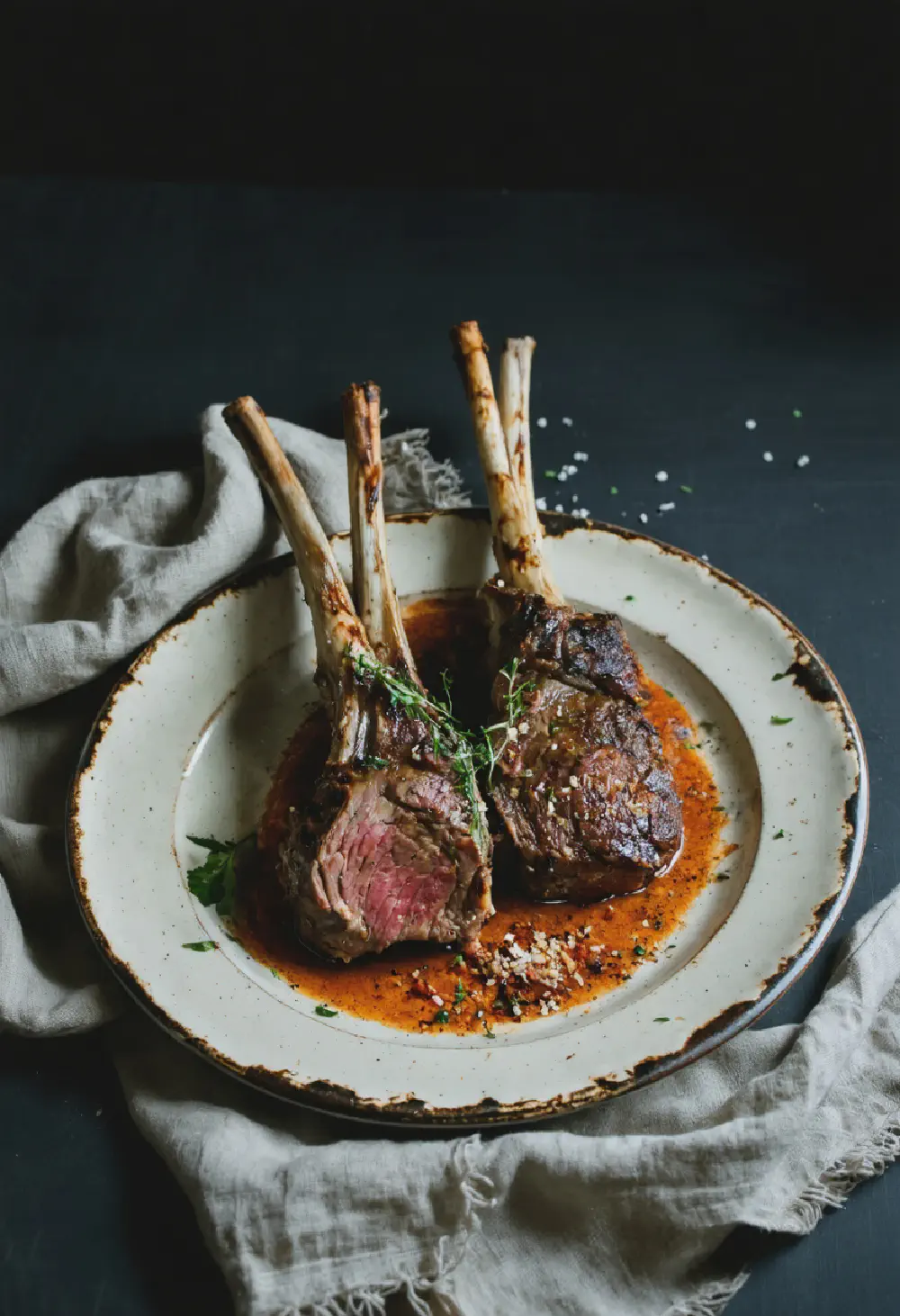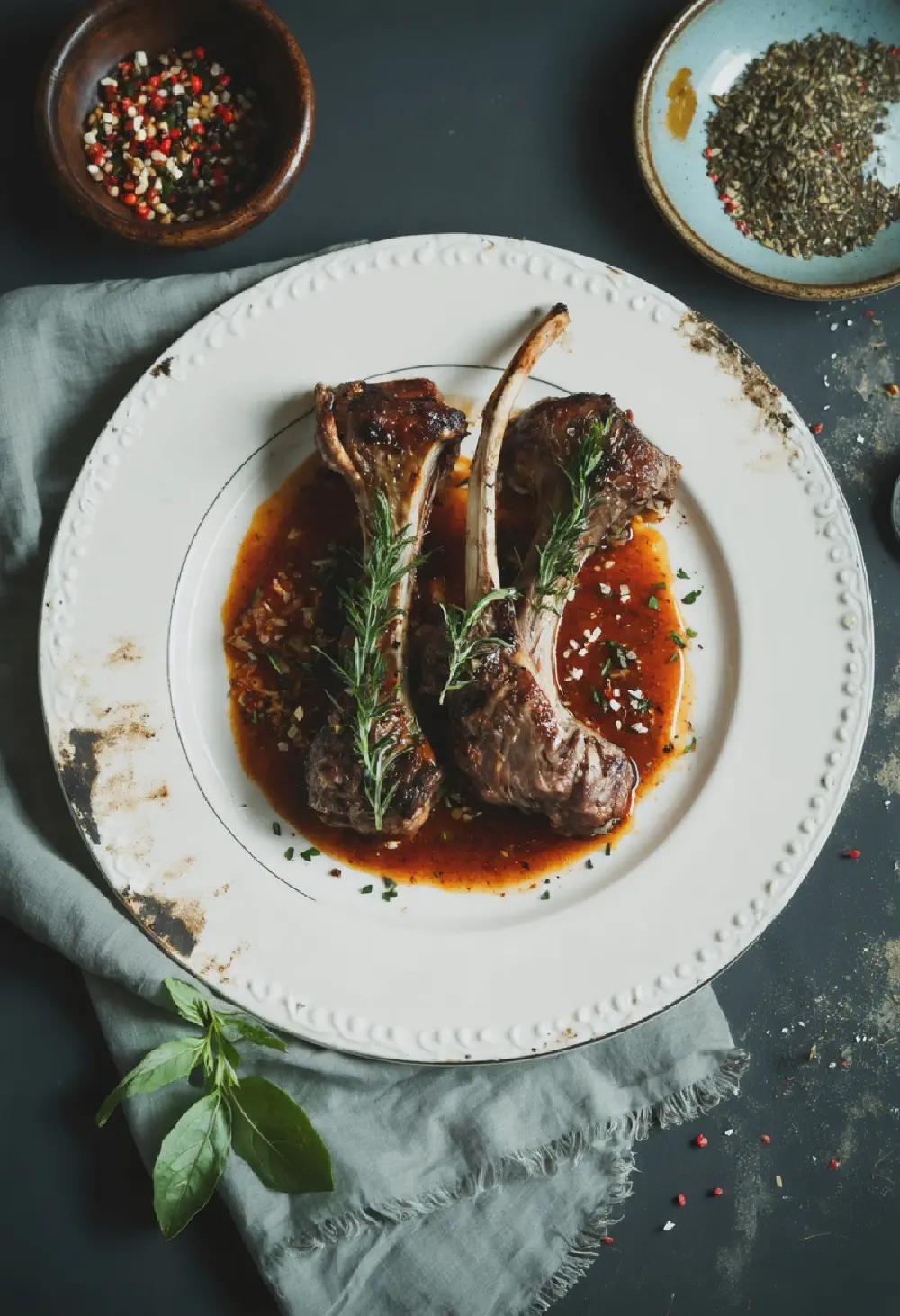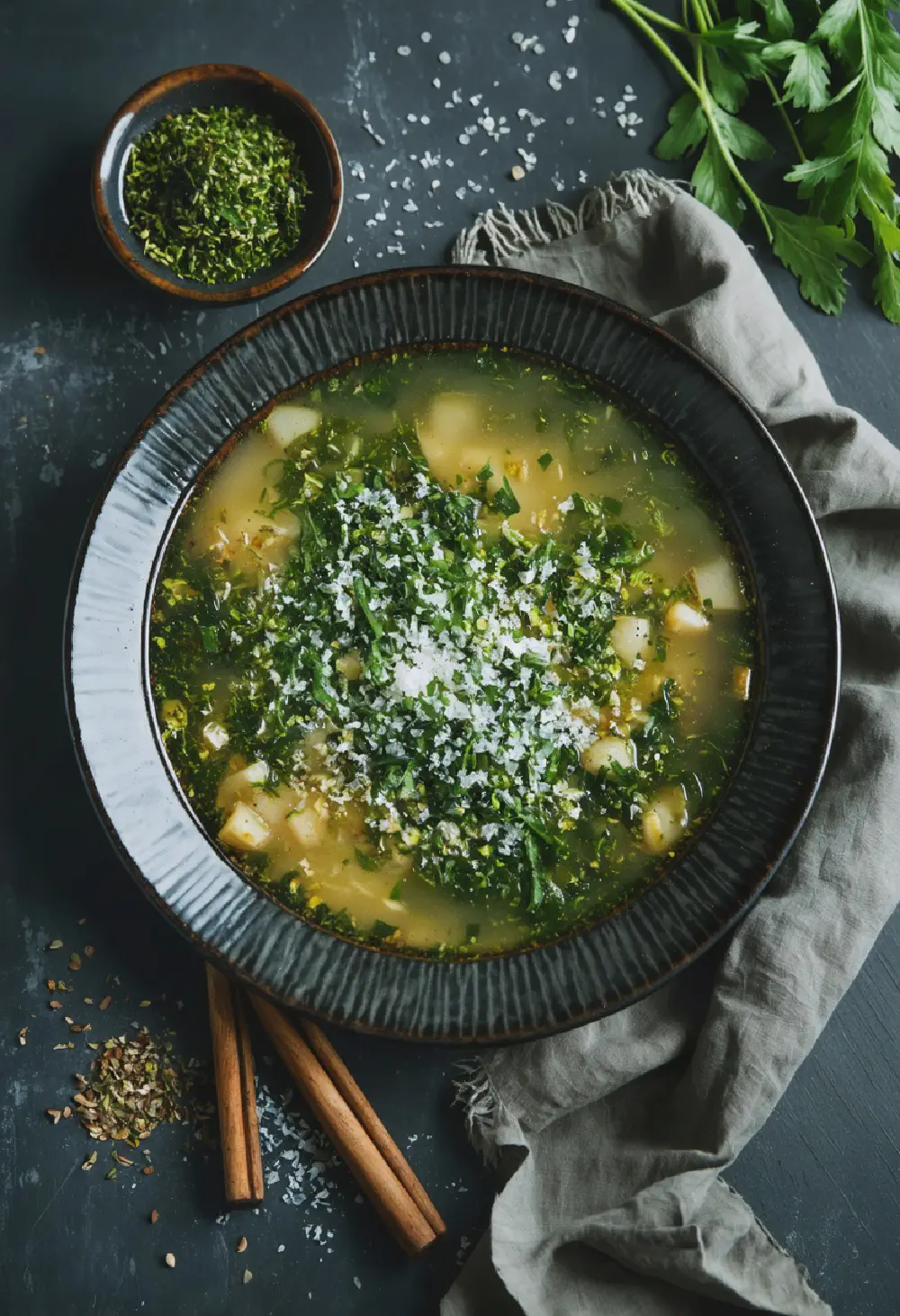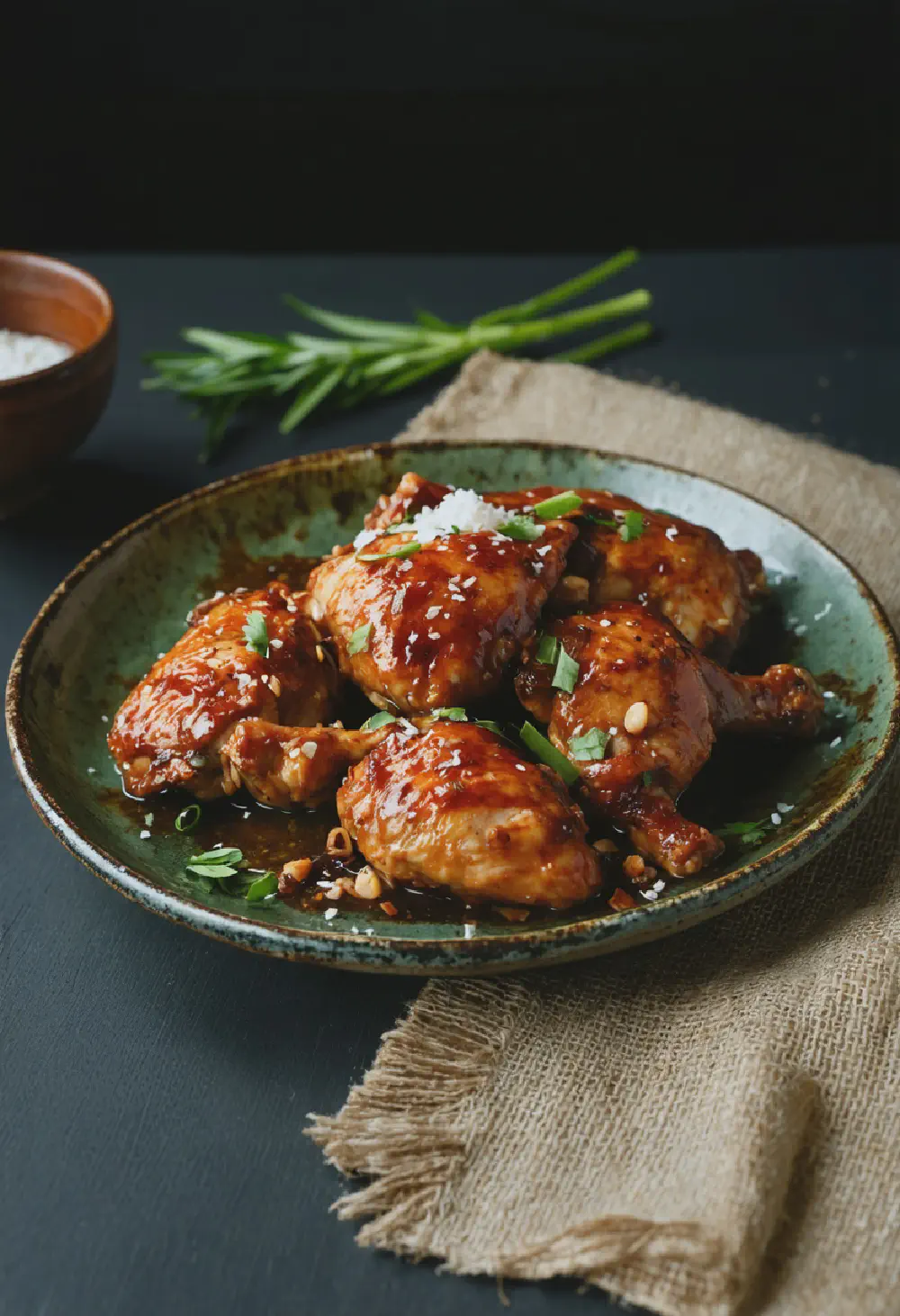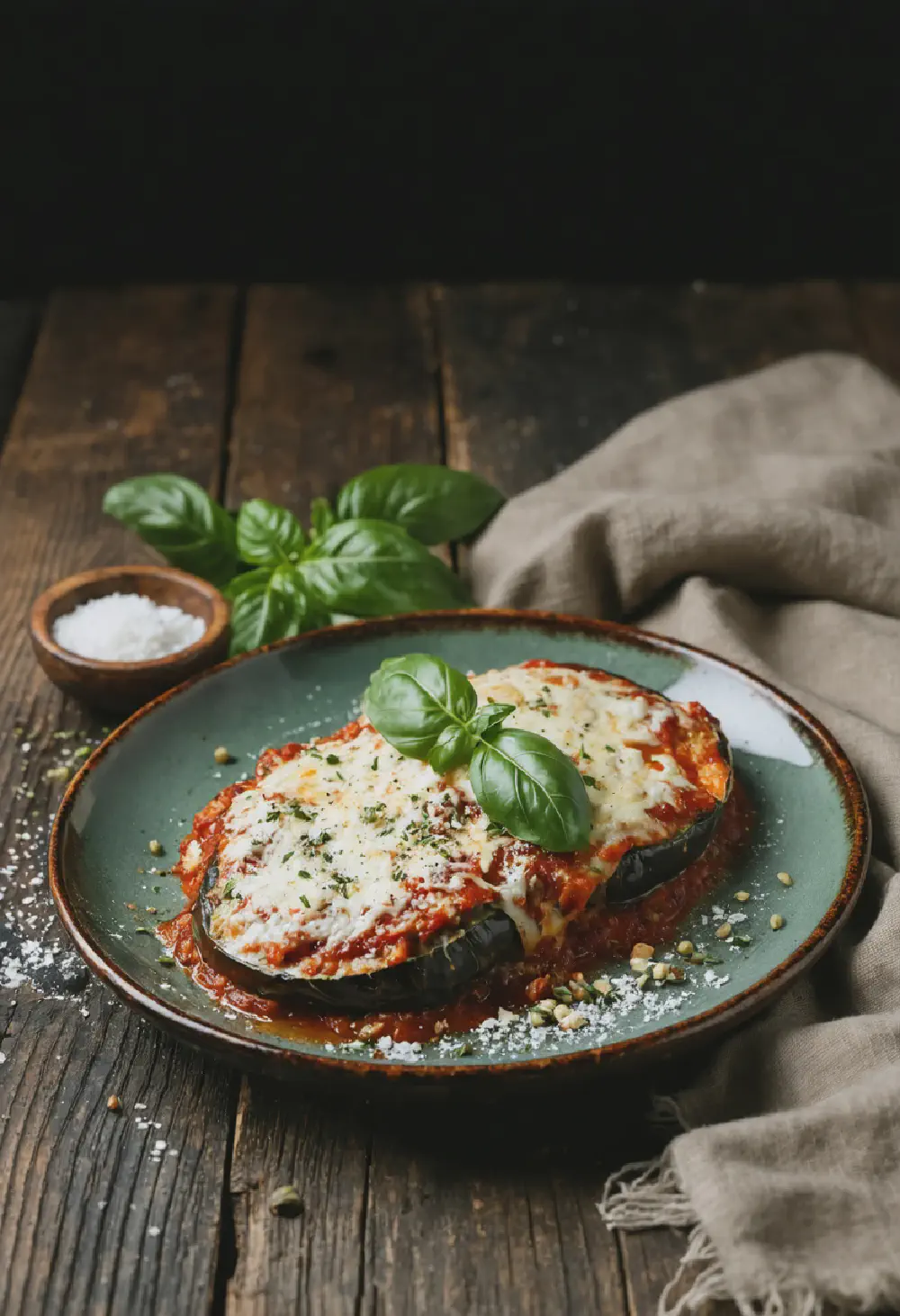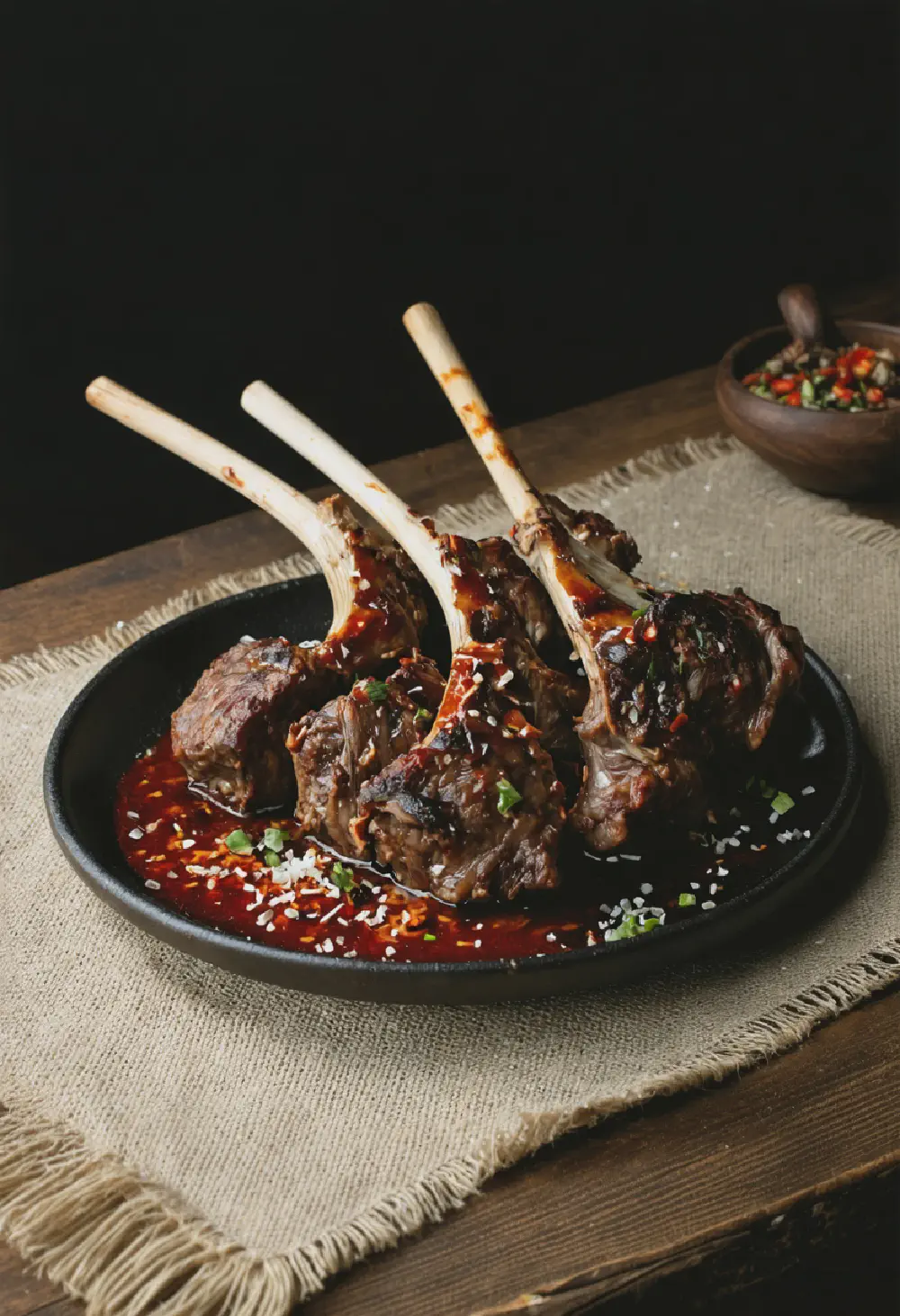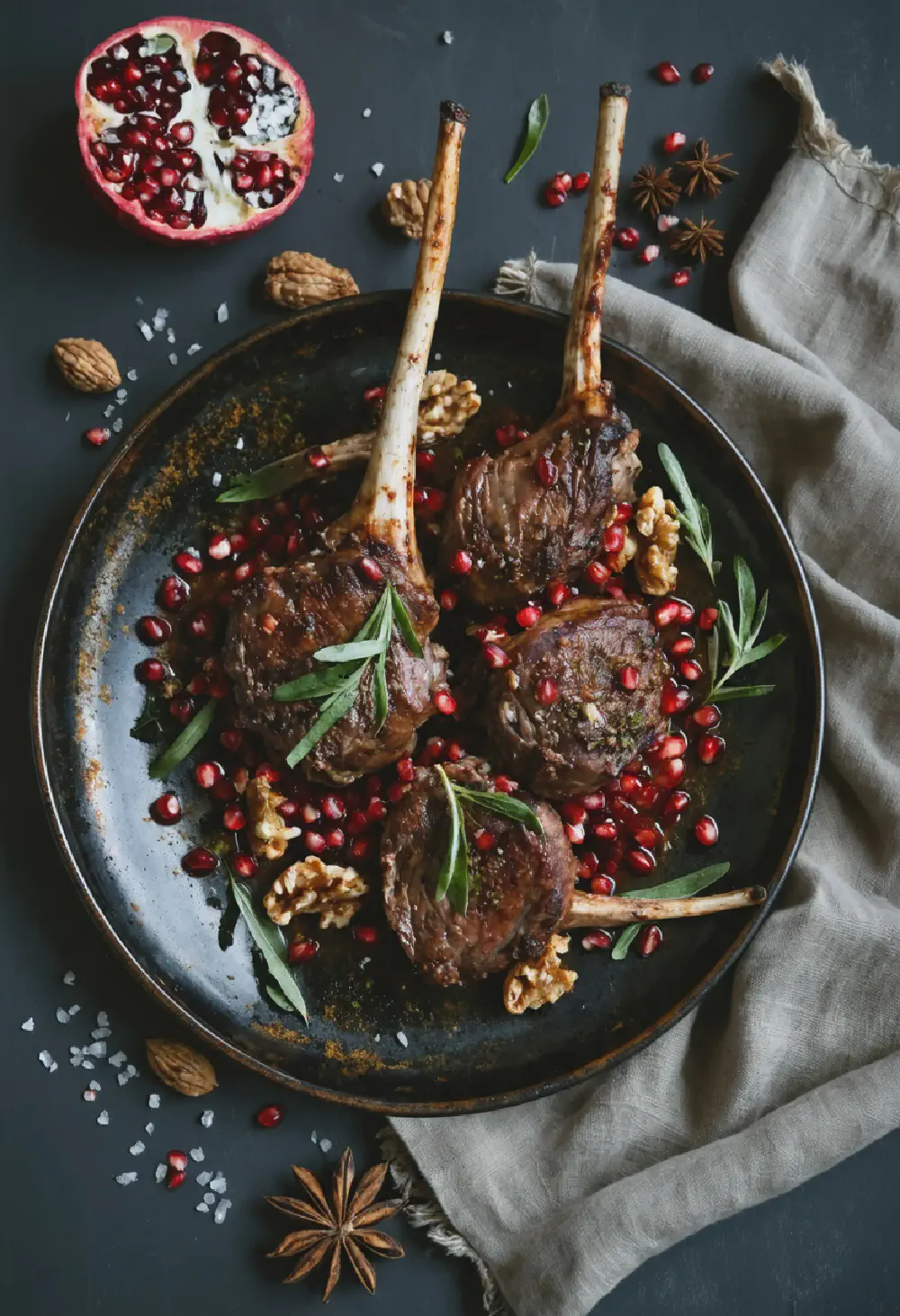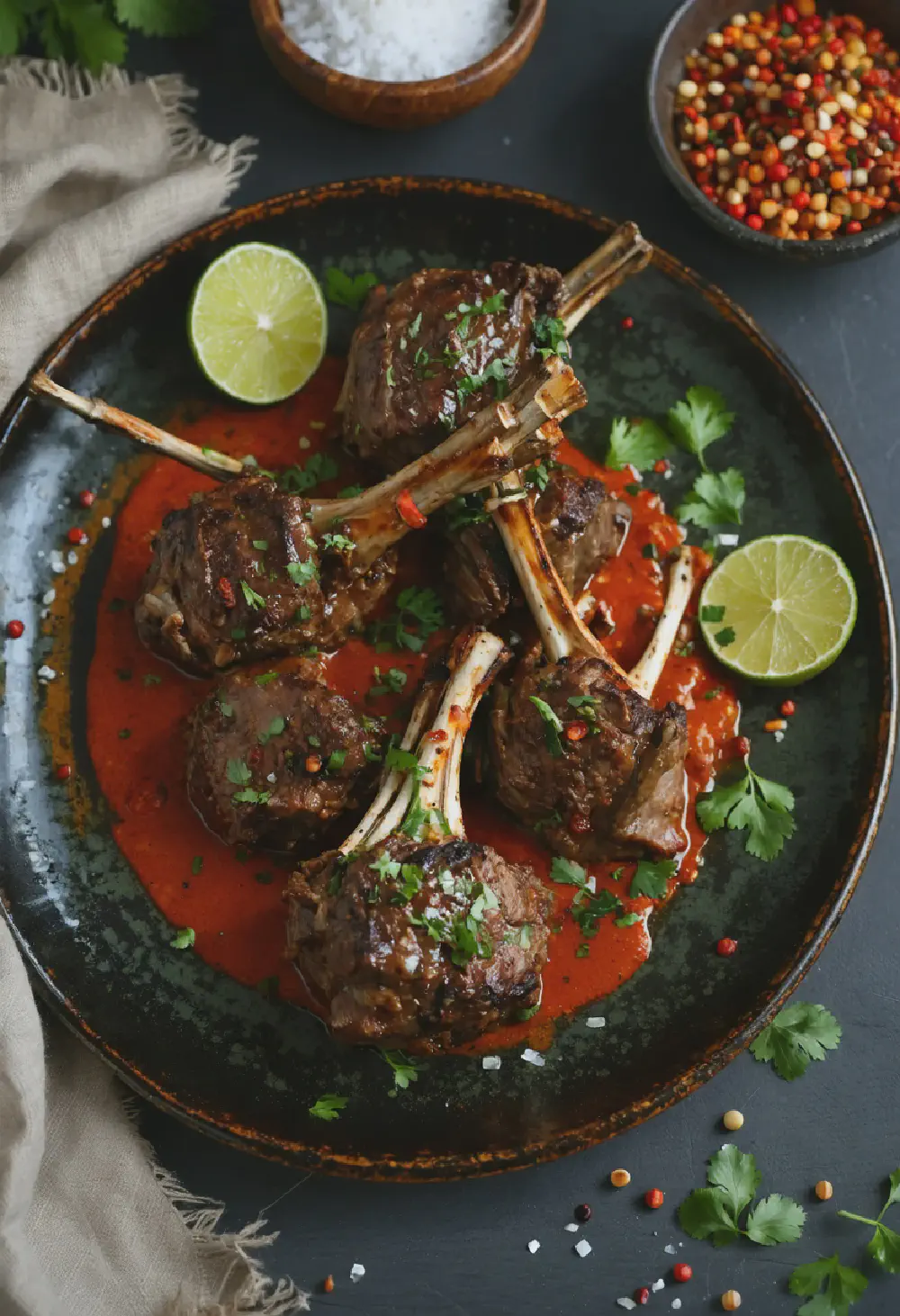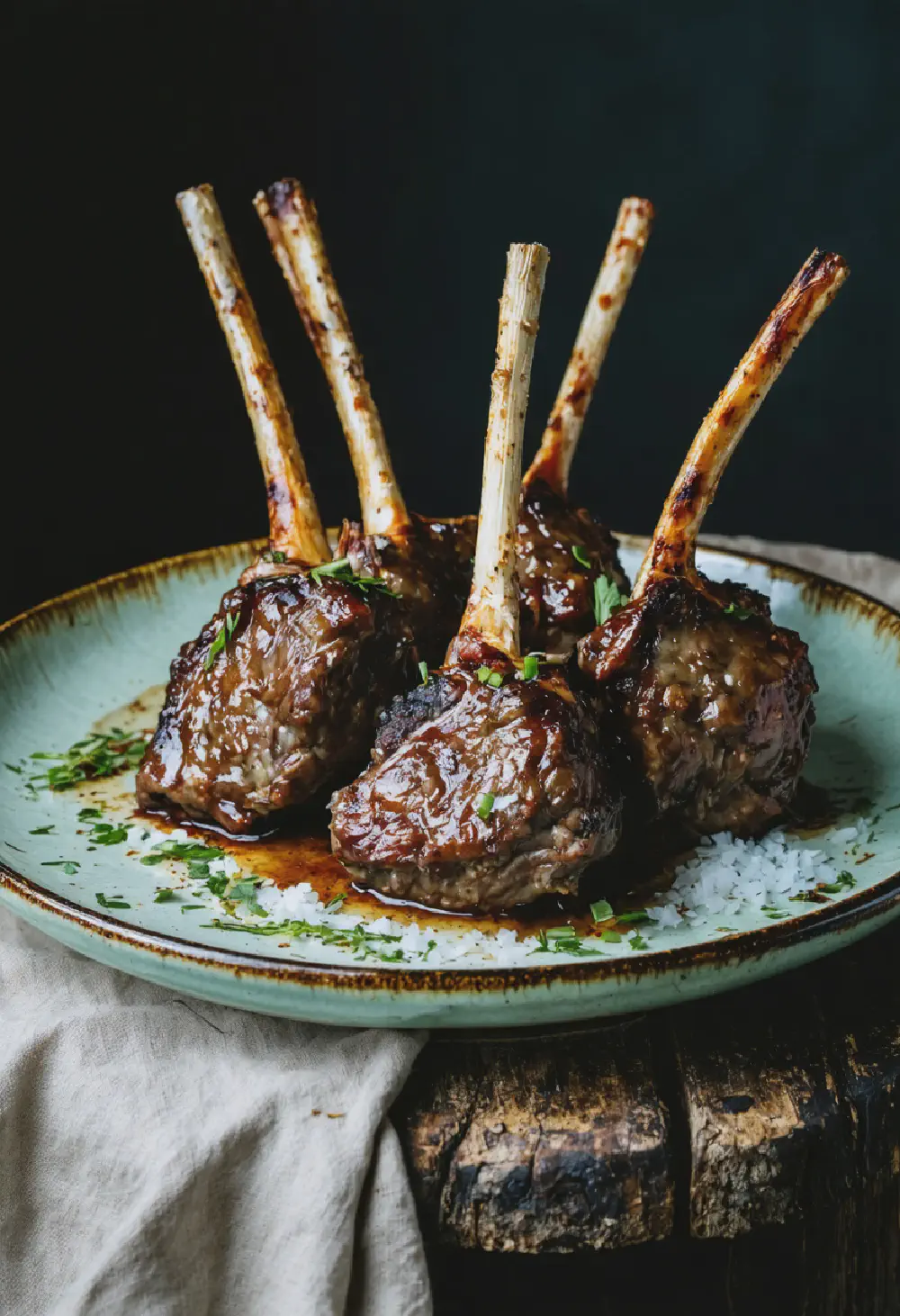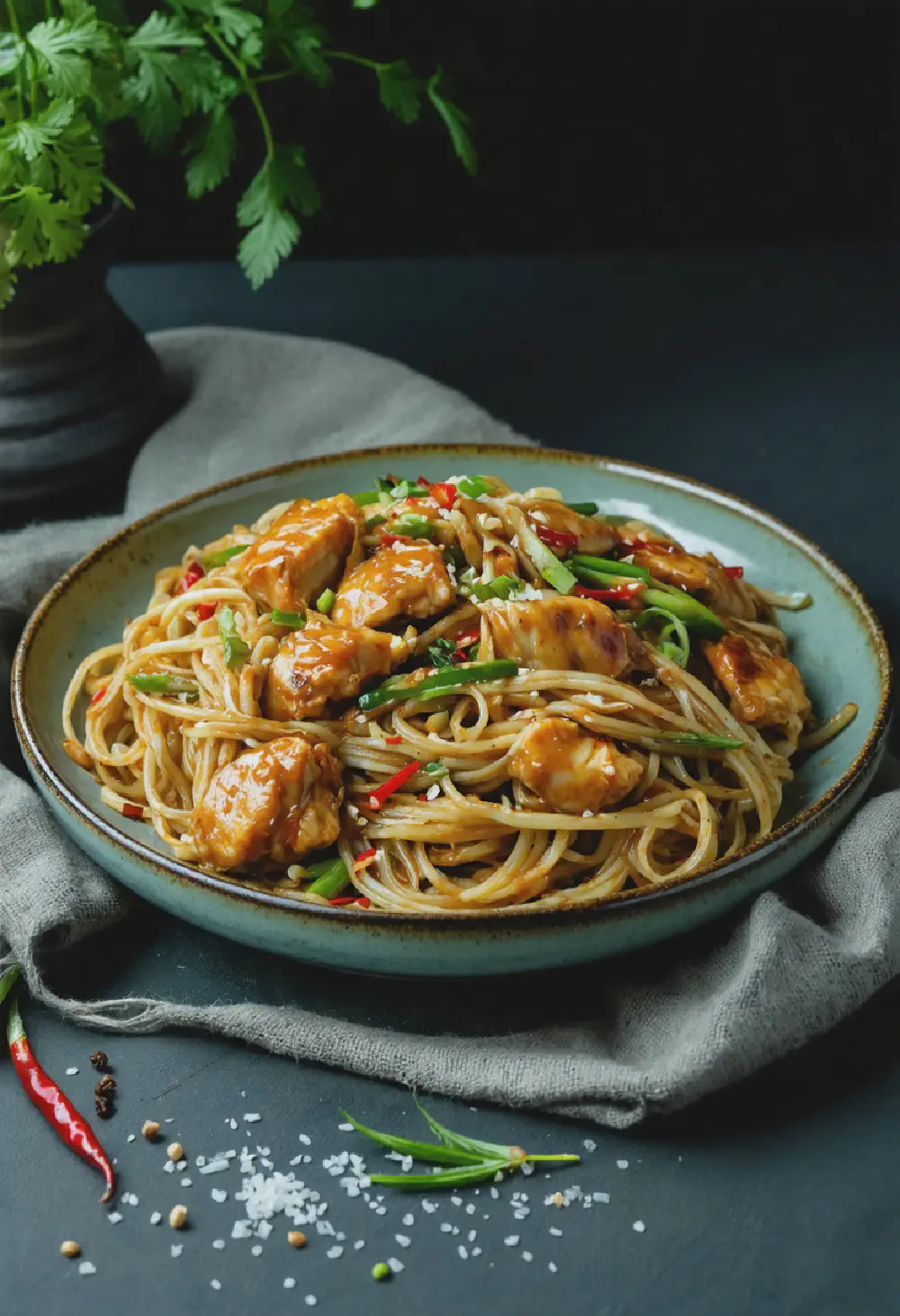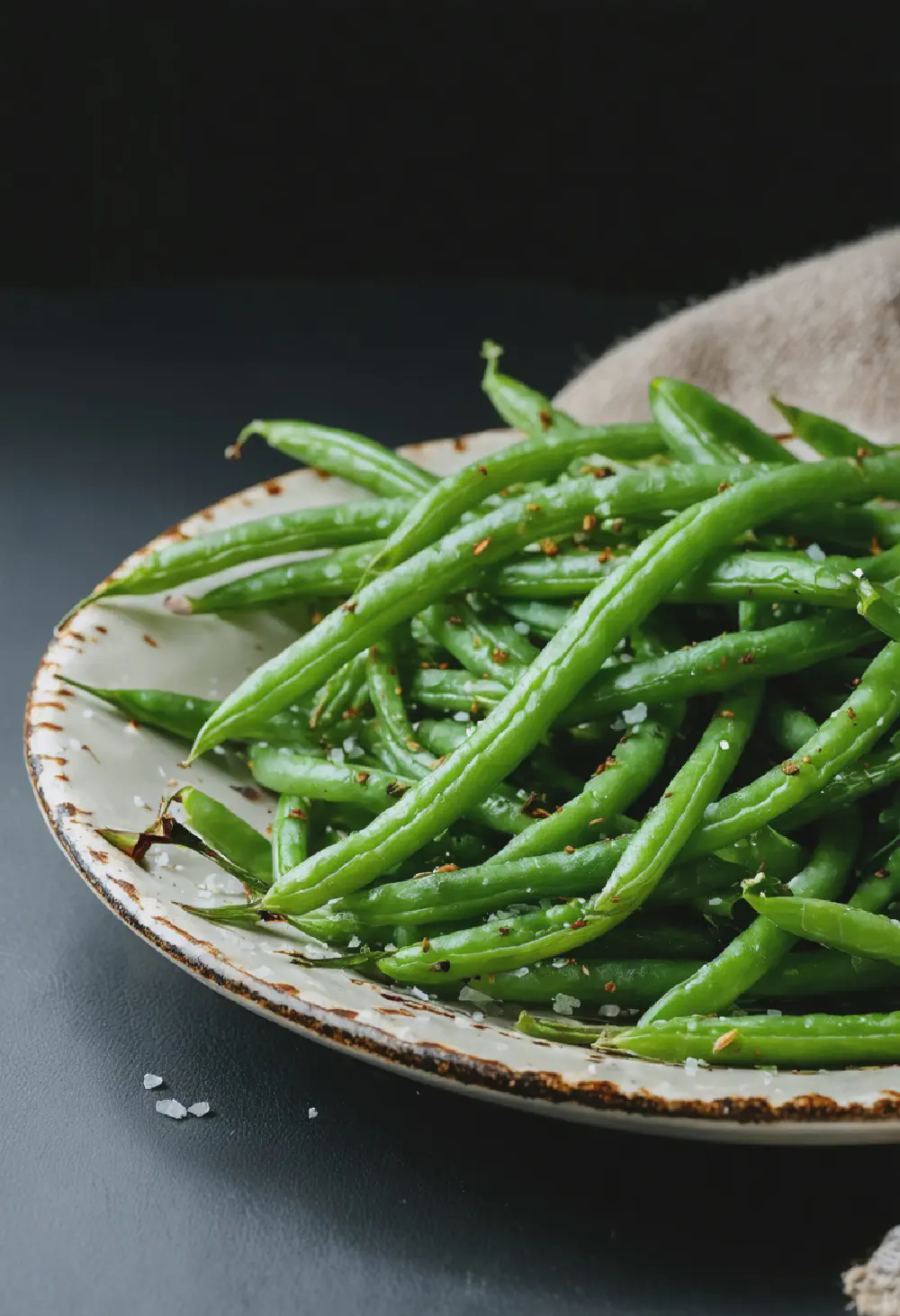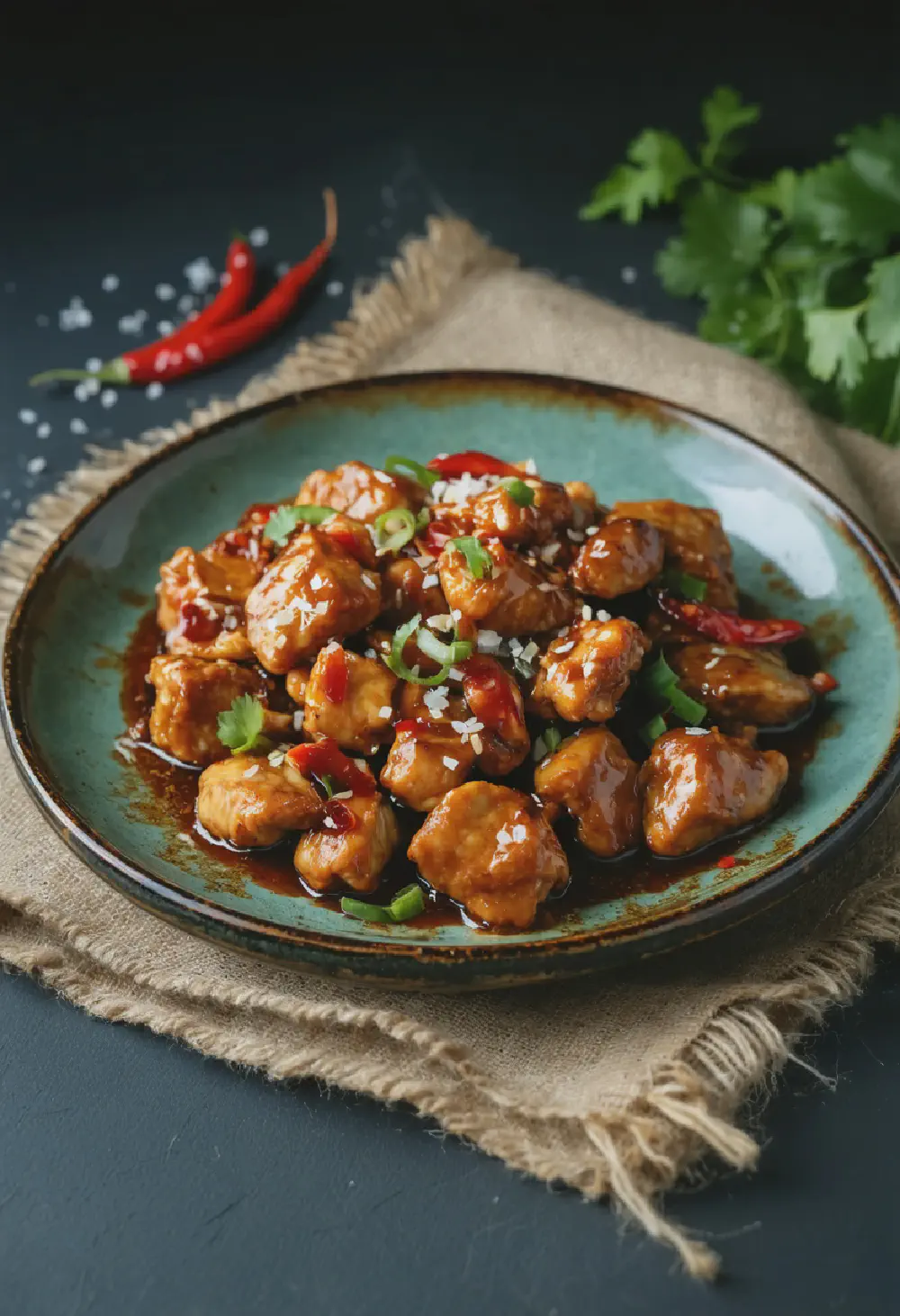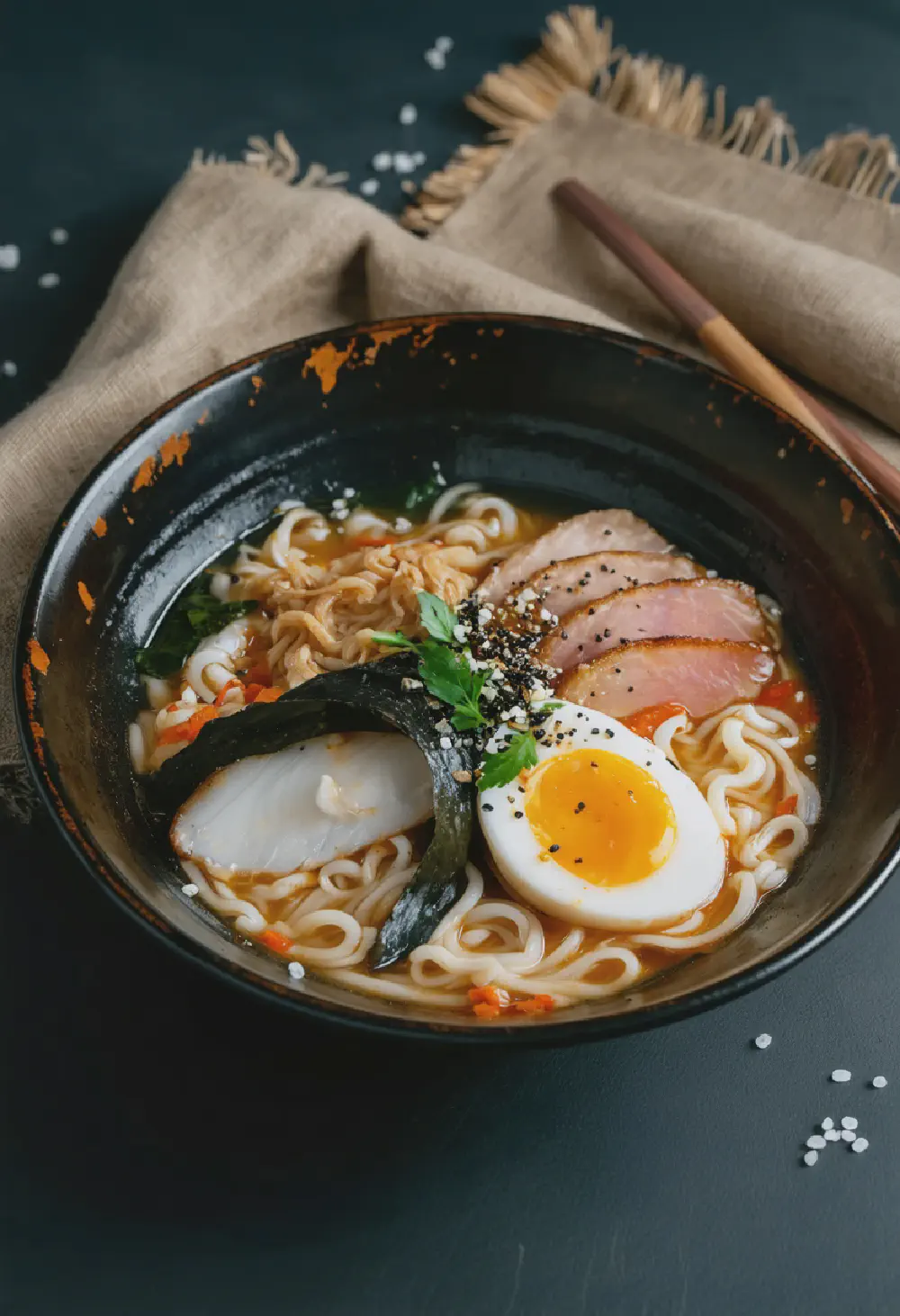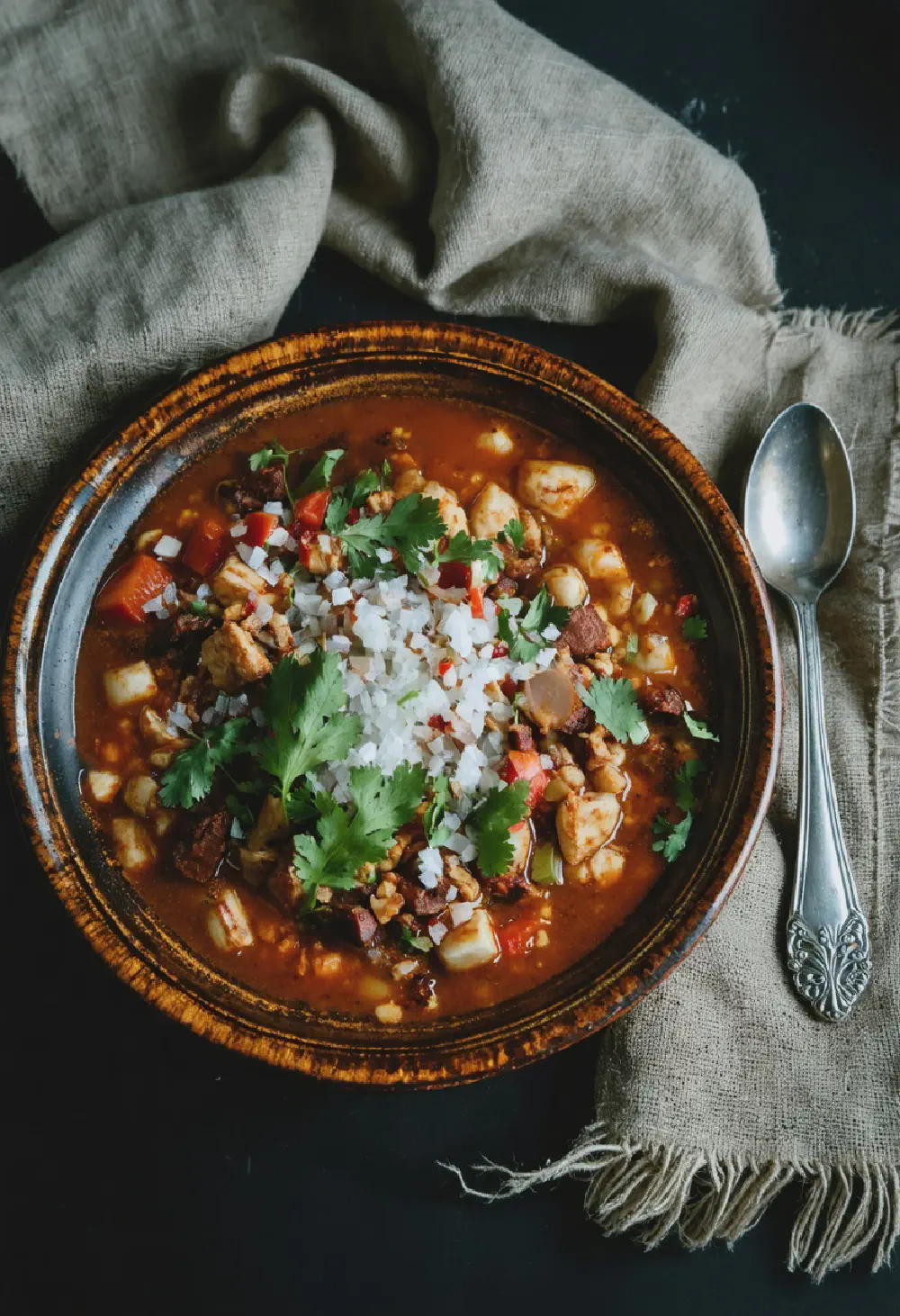Authentic Vietnamese Pho
30M
3H and 30M
- Makes 4
- 2 lbs beef bones
- 1 lb beef brisket
- 1 onion, halved
- 3-inch piece of ginger, sliced
- 4 star anise
- 4 cloves
- 2 cinnamon sticks
- 1 tbsp coriander seeds
- 1 tbsp fennel seeds
- 1/4 cup fish sauce
- 1 tbsp sugar
- Salt to taste
- 1 lb dried rice noodles
- 1/2 lb beef sirloin, thinly sliced
- 2 cups bean sprouts
- 1 bunch Thai basil
- 1 bunch cilantro
- 1 lime, cut into wedges
- 2 jalapeños, sliced
- Hoisin sauce
- Sriracha sauce
- Preheat your oven to 425°F (220°C). Place the beef bones, onion, and ginger on a baking sheet and roast for about 25 minutes until nicely browned.
- Transfer the roasted bones, onion, and ginger to a large pot. Add the beef brisket, star anise, cloves, cinnamon sticks, coriander seeds, and fennel seeds. Fill the pot with water to cover the ingredients.
- Bring the pot to a boil, then reduce to a simmer. Skim off any foam that rises to the surface. Simmer for about 3 hours, adding more water if necessary to keep the ingredients covered.
- Remove the brisket after 1.5 hours of simmering and set aside to cool. Once cooled, slice the brisket thinly.
- Strain the broth through a fine mesh sieve into another pot. Discard the solids. Season the broth with fish sauce, sugar, and salt to taste.
- Cook the rice noodles according to package instructions, then drain and set aside.
- To serve, place a portion of noodles in each bowl. Top with slices of raw beef sirloin and the cooked brisket. Ladle the hot broth over the top, which will cook the raw beef.
- Serve with bean sprouts, Thai basil, cilantro, lime wedges, jalapeños, hoisin sauce, and sriracha sauce on the side for guests to customize their bowls.
Authentic Vietnamese Pho: A Journey Through History, Taste, and Culture
History
The origins of Authentic Vietnamese Pho trace back to the early 20th century in Northern Vietnam. Initially a humble dish, Pho has evolved from a street food staple to a beloved national dish that embodies the essence of Vietnamese cuisine. The name “Pho” is believed to derive from the French word “feu” (fire), reflecting the colonial influence on Vietnamese cooking. Over the decades, Pho has spread globally, becoming a symbol of Vietnamese culinary heritage and a comforting bowl of soup that connects Vietnamese communities worldwide.
Taste Profile
The taste profile of Authentic Vietnamese Pho is a harmonious blend of flavors that dance on the palate. The rich and aromatic broth is the heart of the dish, crafted from a meticulous blend of beef bones, spices like star anise, cinnamon, and cloves, and a hint of sweetness from charred onions and ginger. The tender beef slices add a melt-in-your-mouth texture, while the fresh herbs—such as cilantro, Thai basil, and green onions—bring a burst of freshness. A squeeze of lime and a dash of fish sauce allow diners to customize the soup to their taste, making each bowl a personalized experience.
Cultural Significance
In the realm of Vietnamese cuisine, Authentic Vietnamese Pho holds a special place for its cultural significance. It is more than just a meal; it’s a social ritual that brings families and friends together. Pho is often enjoyed at any time of the day, from breakfast to late-night cravings, reflecting its versatility and comfort. The dish also plays a crucial role in Vietnamese celebrations and gatherings, symbolizing warmth, hospitality, and the rich tapestry of Vietnamese culture. As Pho continues to gain popularity worldwide, it serves as a delicious ambassador of Vietnamese culinary traditions, inviting people from all walks of life to experience the soul of Vietnam in a bowl.
